About Pulau Semakau
With the world’s third highest population density of almost 8,000 people per square kilometre, there’s barely enough space on our tiny island to hold all our trash. And while we don’t usually think about it, our trash needs to go somewhere.
Singapore’s first man-made offshore landfill, Semakau Landfill, is a temporary solution to that problem. It is designed to handle the trash output from Singapore while ensuring that the environment around it is protected.
We went on a behind-the-scenes excursion to Semakau Landfill to see how trash is managed in Singapore, travels across the sea and ends up there. Here are our top 5 discoveries:
1. It’s incredibly scenic
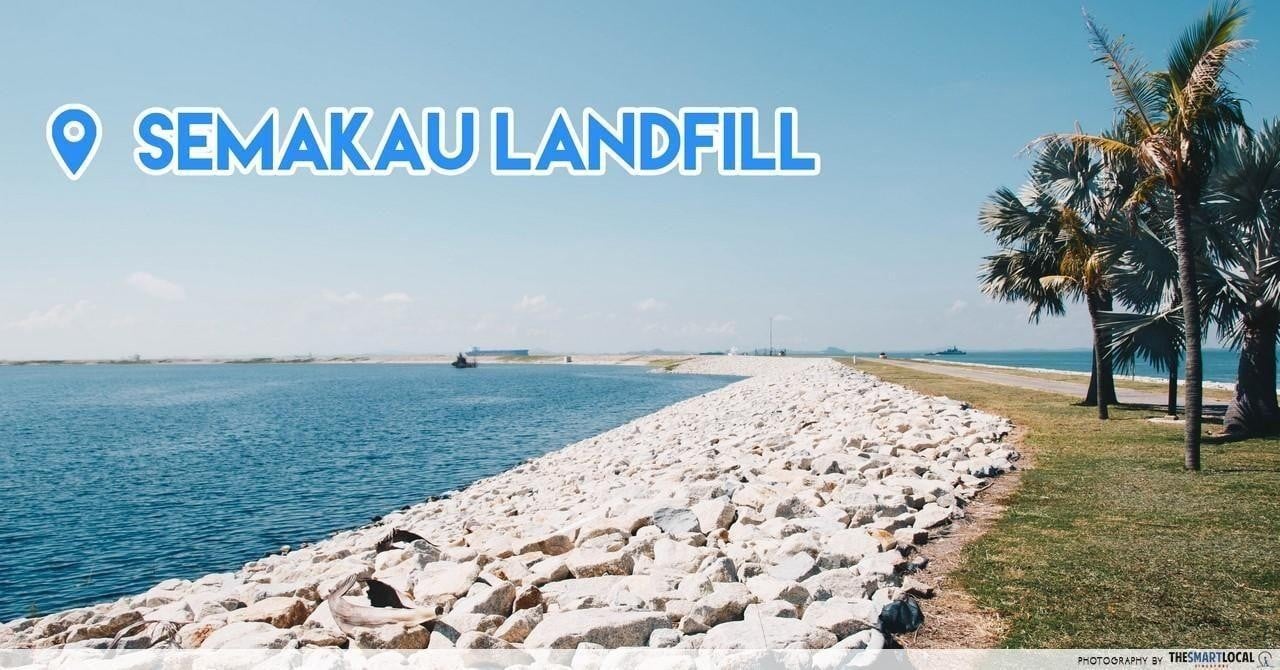
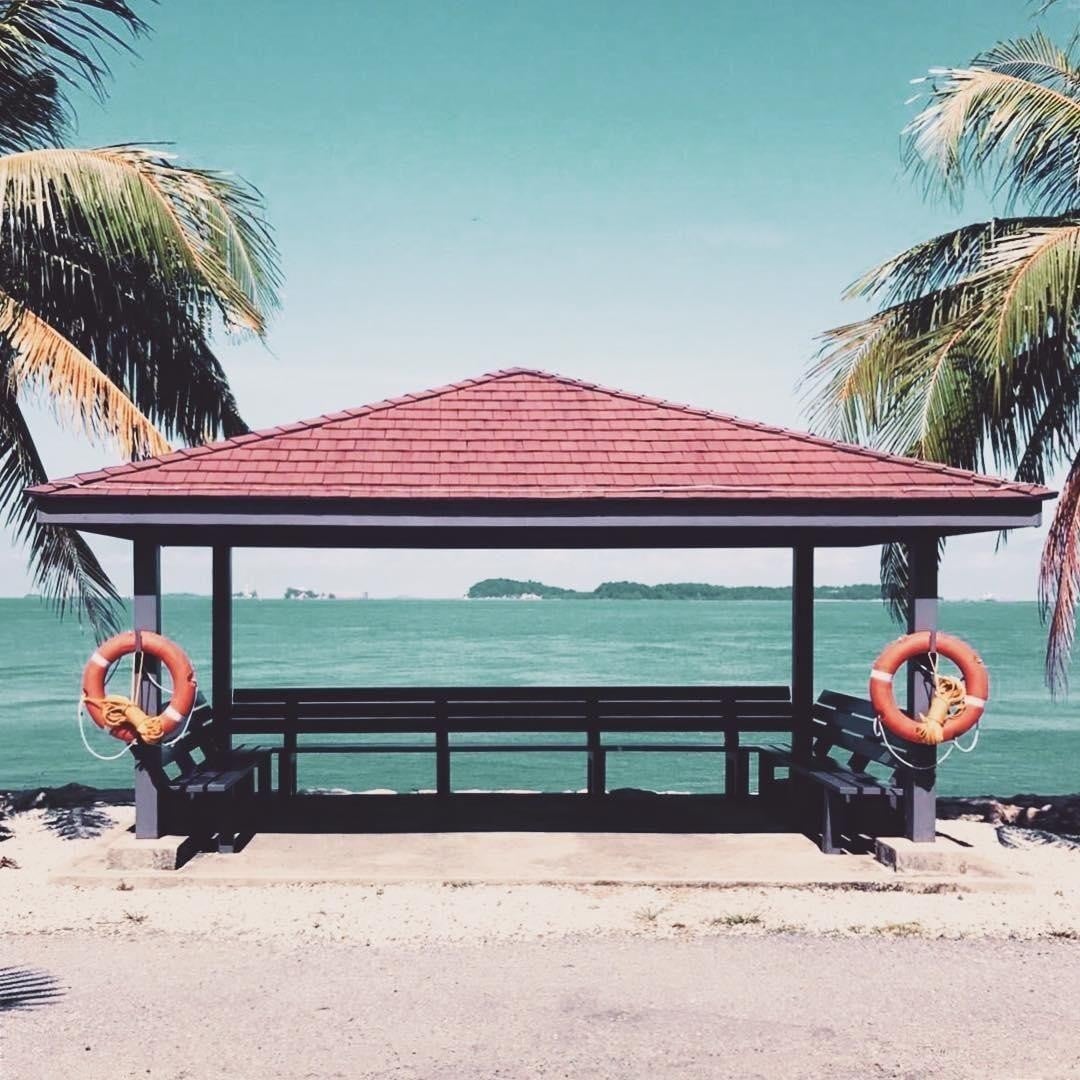
Image credit: @adrielneeee
Just imagine a scene where there are perfect green grass patches and palm trees swaying in the wind. That’s exactly what you’ll see at Semakau Landfill.
Although the word “landfill” probably conjures images of a wasteland rather than scenic views, we were surprised to find a diverse ecosystem of plants and animals thriving on the adjoining island of Pulau Semakau.
2. Join an intertidal walk and see corals and water spiders
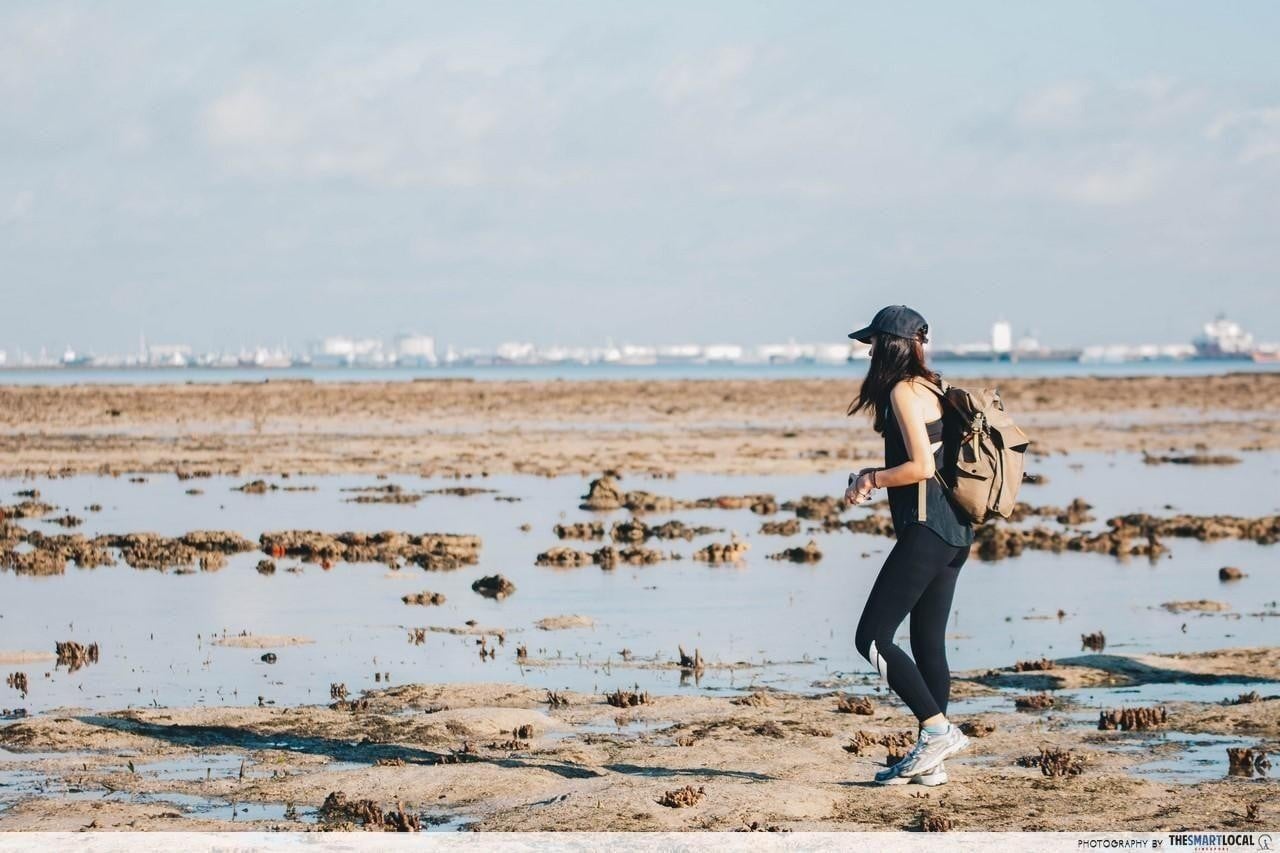
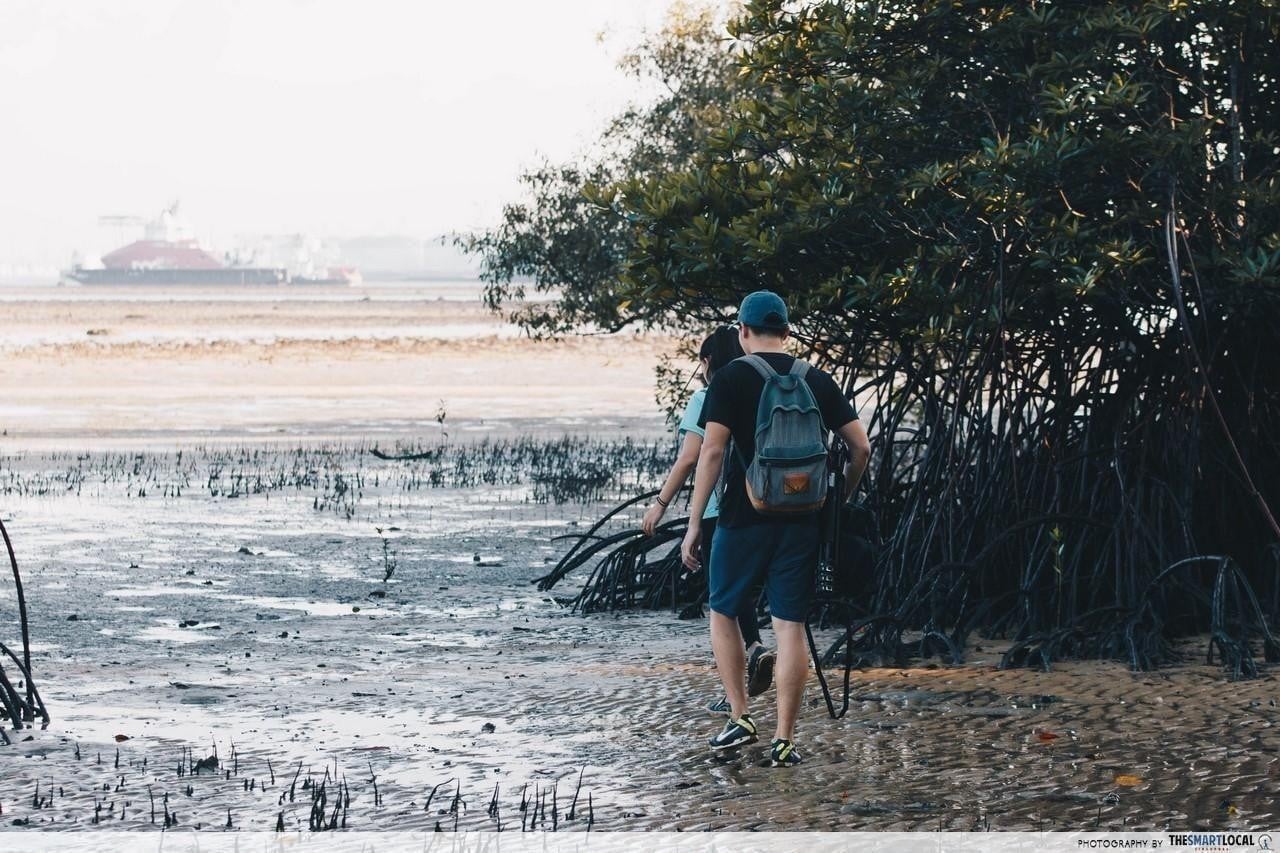
The unpolluted waters and undisturbed nature make Pulau Semakau habitable for a diverse range of marine life such as crabs, starfish, and corals.
To avoid harming these creatures, a limited number of visitors are allowed on the island each year. We were lucky to be among them and have the chance to learn more about the ecosystem.
Here are a few of the (possibly rare) animals we saw!
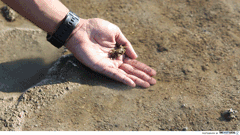
Be careful when handling the fragile crabs
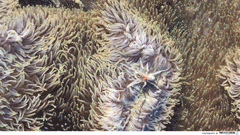
A water spider that *might* have been venomous
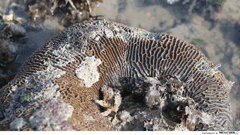
Go all David Attenborough as you narrate the story of a crab leaving its home
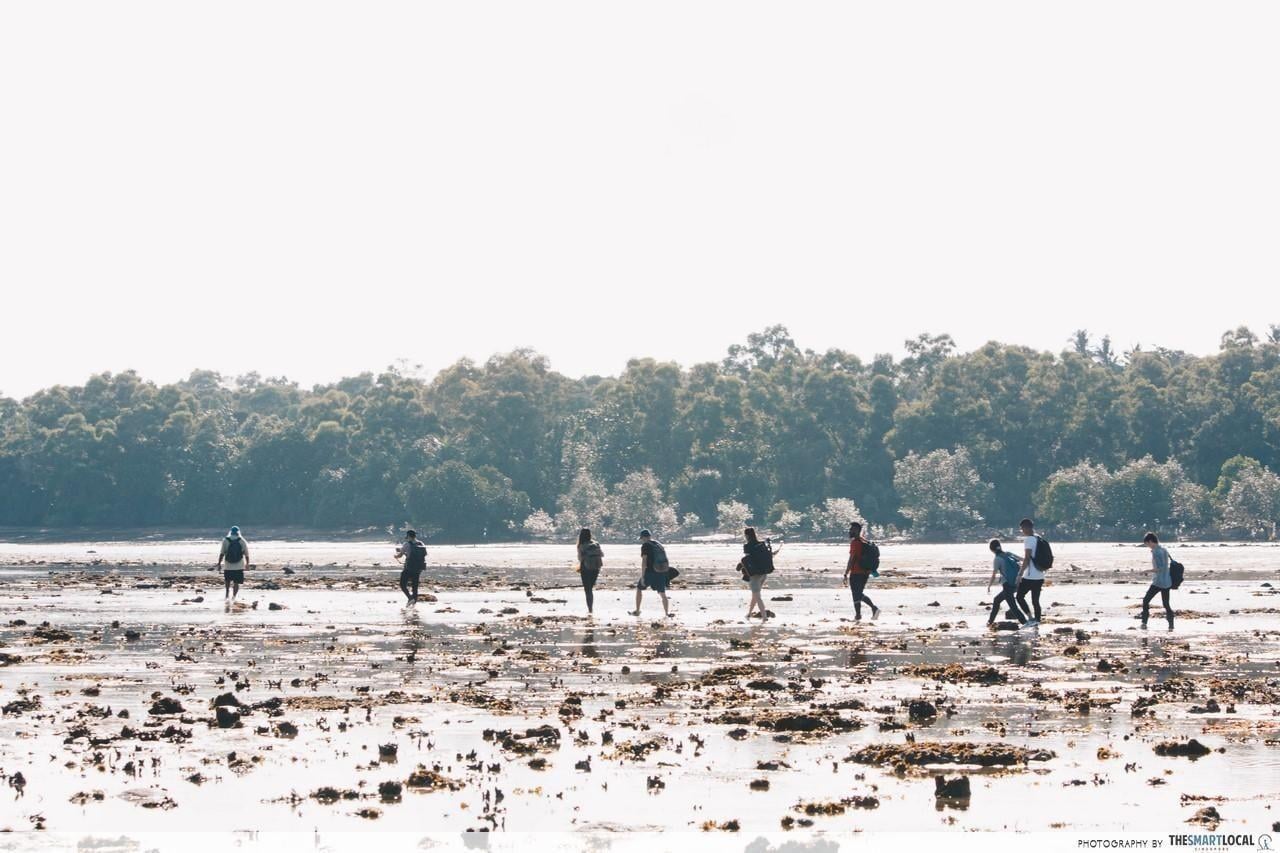
Note: Always walk in a straight file behind the guide and watch where you’re stepping ‘cause you wouldn’t want to be labelled as a mass murderer, trampling on the colonies of living things.
3. Look out for Singapore’s tallest bird – a 1.2 metre tall Great-billed heron – and other rare birds
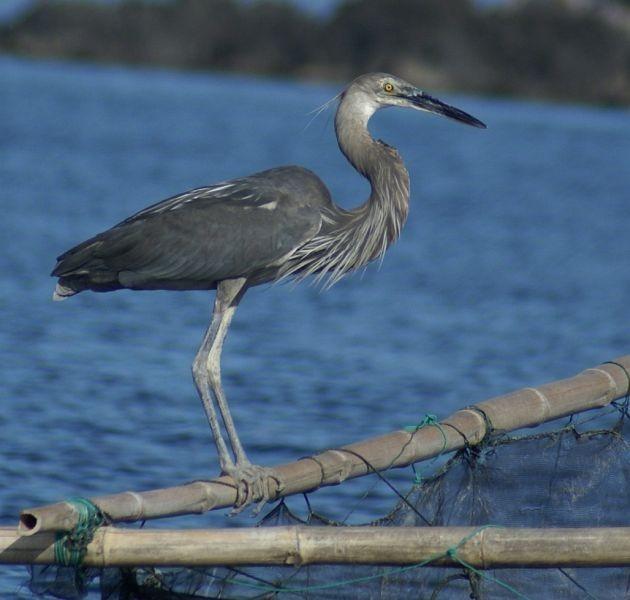
Unfortunately we didn’t get to see a Great-billed Heron, but you might get lucky! Image credit
Lined by the calm sea on the right and quiet undergrowth on the left, the peaceful environment is conducive for bird-watching. Our guide, an avid veteran bird-watcher with quick eyes, managed to identify the species of birds that whizzed past.
Apparently, this is one of the best places to bird-watch in Singapore – it’s home to a 1.2-meter tall Great-billed Heron, Singapore’s tallest bird! A grand total of 66 – and counting – species of birds have so far been spotted on Semakau Landfill and Pulau Semakau.
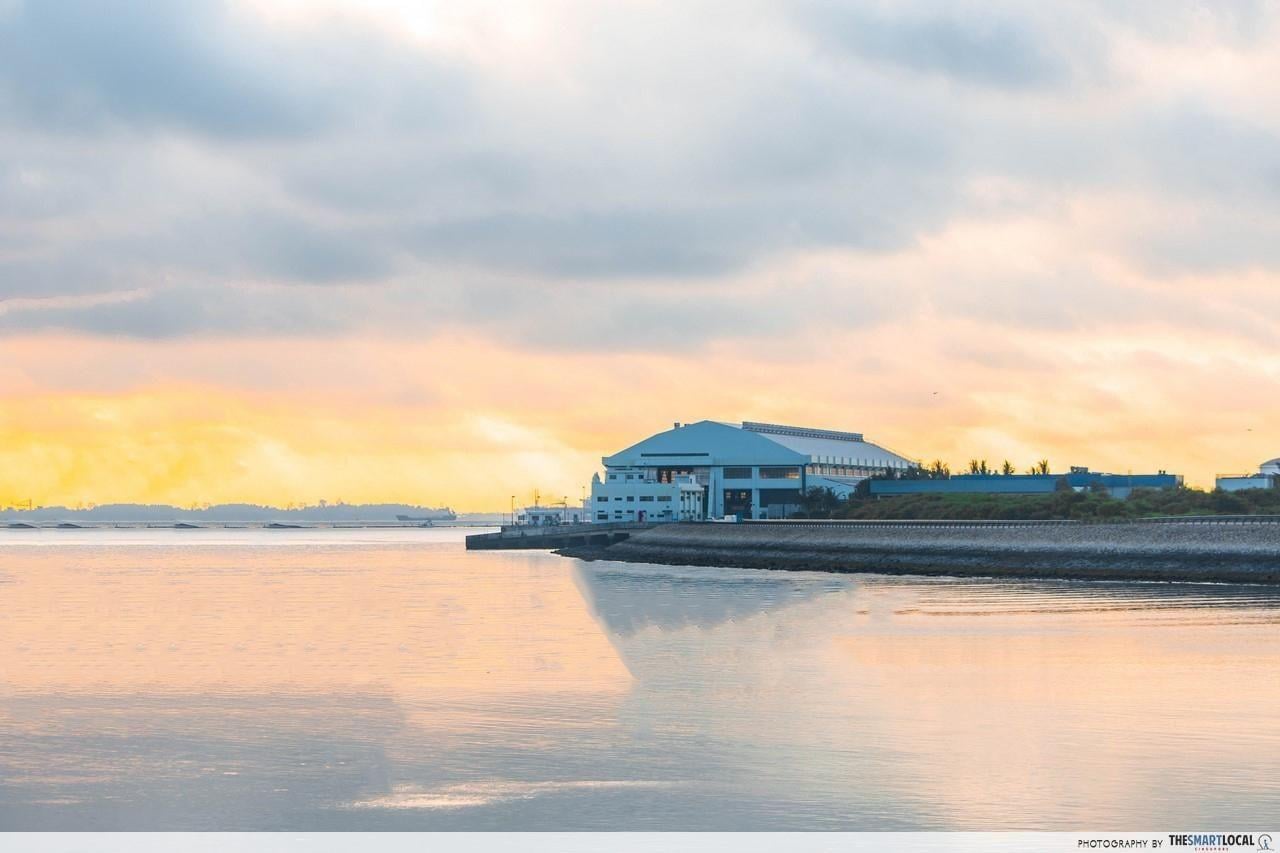
An impermeable membrane that lines the landfill and the wastewater treatment plant on Semakau Landfill prevents harmful substances from leaking into the surrounding waters. Sea creatures such as turtles and otters are often spotted in the clear waters surrounding Semakau Landfill and Pulau Semakau.
4. There’s a floating fish farm right beside Semakau Landfill
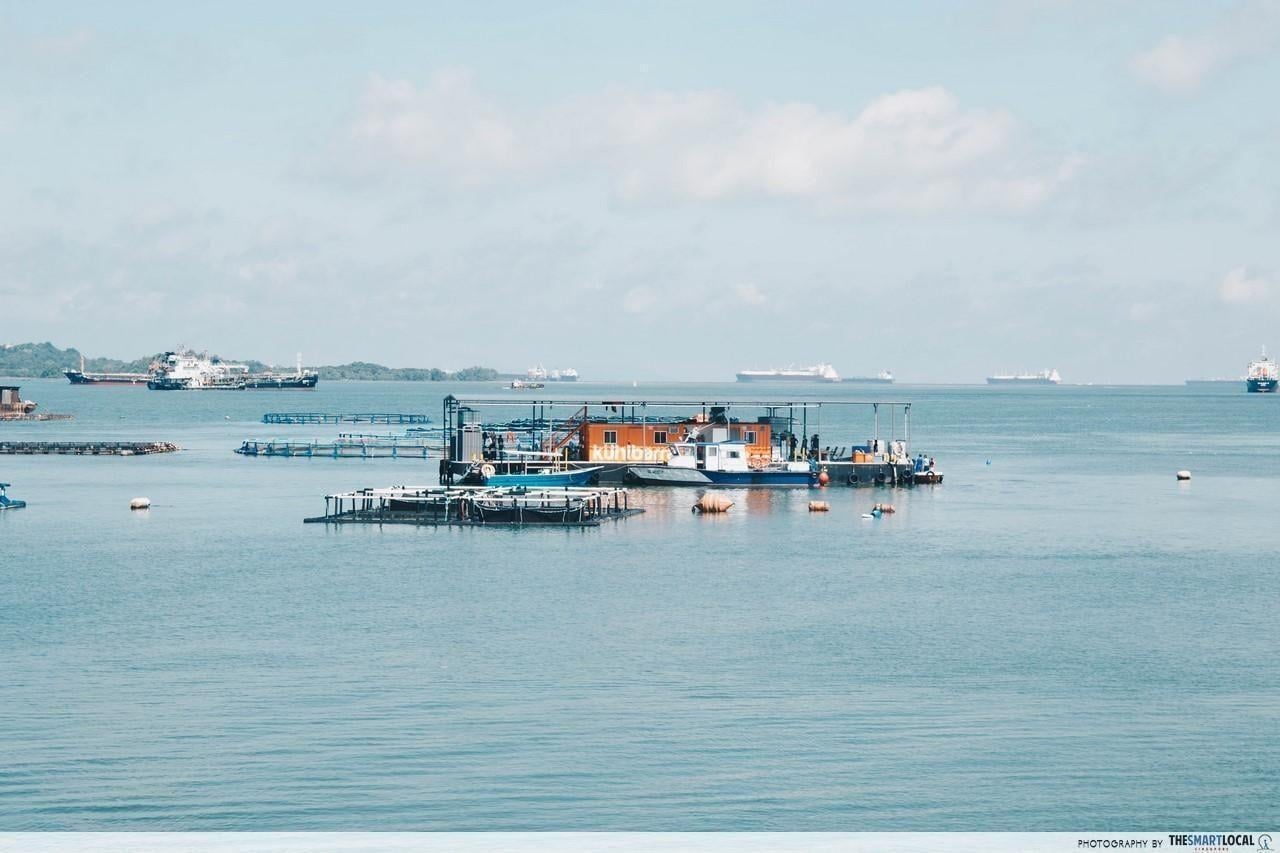
Contrary to popular belief that landfills are dirty and cause pollution, you can actually find fish-rearing just off the coast of Semakau Landfill. There’s a floating fish farm where restaurants and amateur household cooks order their seabass from – fresh out of the sea.
There are sometimes also tertiary students on this little man-made island helping out with harvesting and learning about conservation.
5. Dumping 101 – waste disposal, not of the toilet kind
As part of the Semakau Landfill tour, we got an exclusive peek into the process of waste disposal.
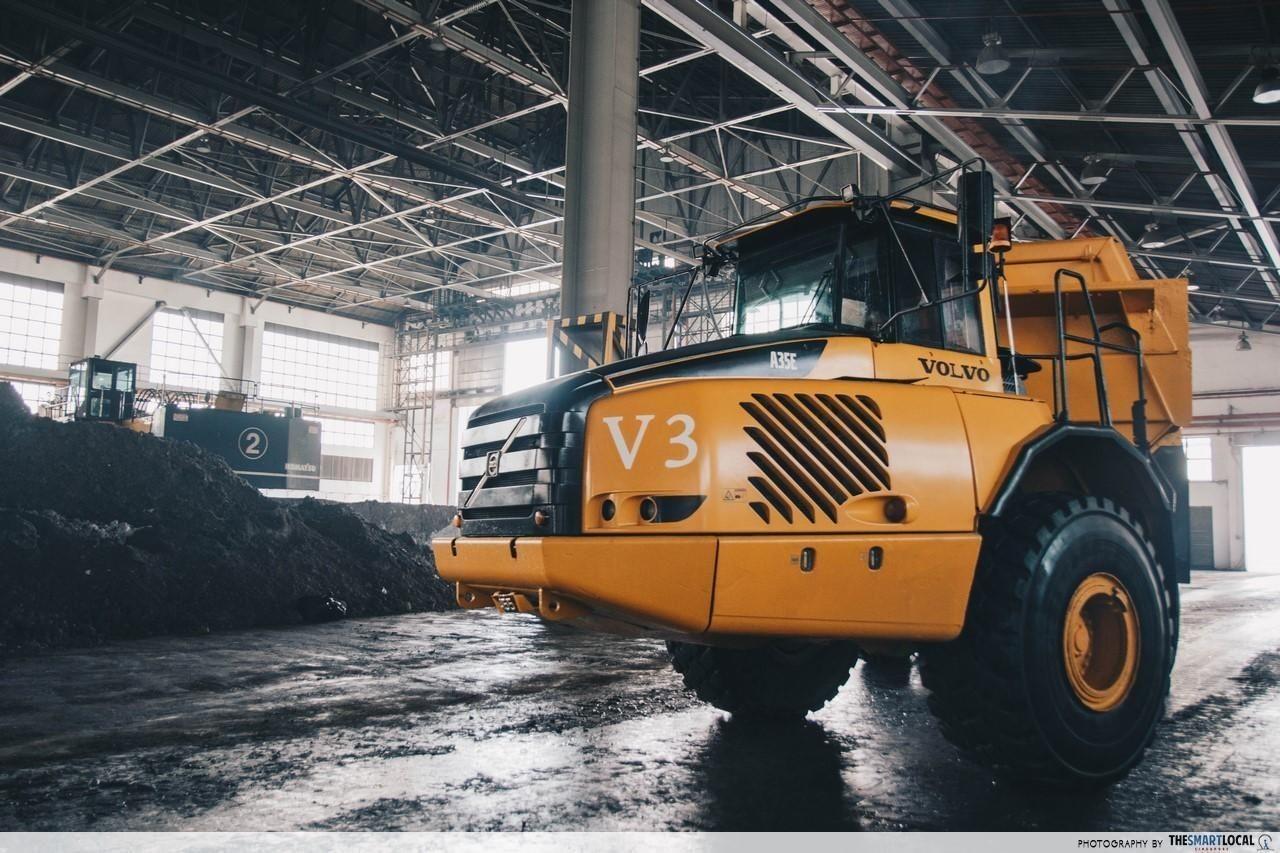
The last we see of our trash is right before we toss it into the refuse chute. But trash doesn’t magically disappear into a black hole in the chute. The waste is collected and sent to waste-to-energy plants for incineration. This incineration ash is then sent to Tuas Marine Transfer Station, where it is loaded onto barges and transported to Semakau Landfill.
The tour took us to the Transfer Building at Semakau Landfill where large excavators transfer waste from the barge onto dump trucks. We were expecting a strong putrid smell of trash to waft through the building, but it was filled with a mild burnt smell instead.
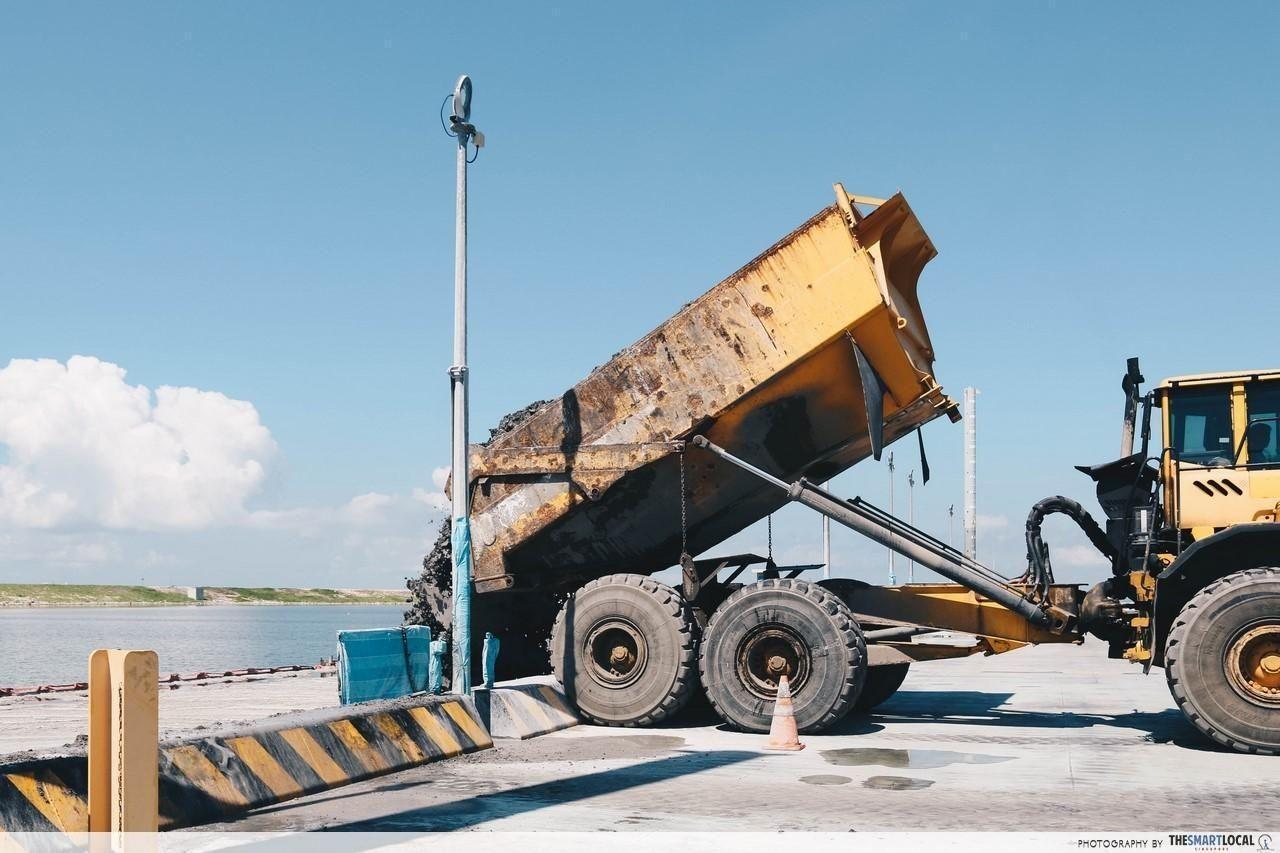
Incineration ash is tipped into the giant landfill cell from the Floating Platform (not open to public) and evenly distributed.
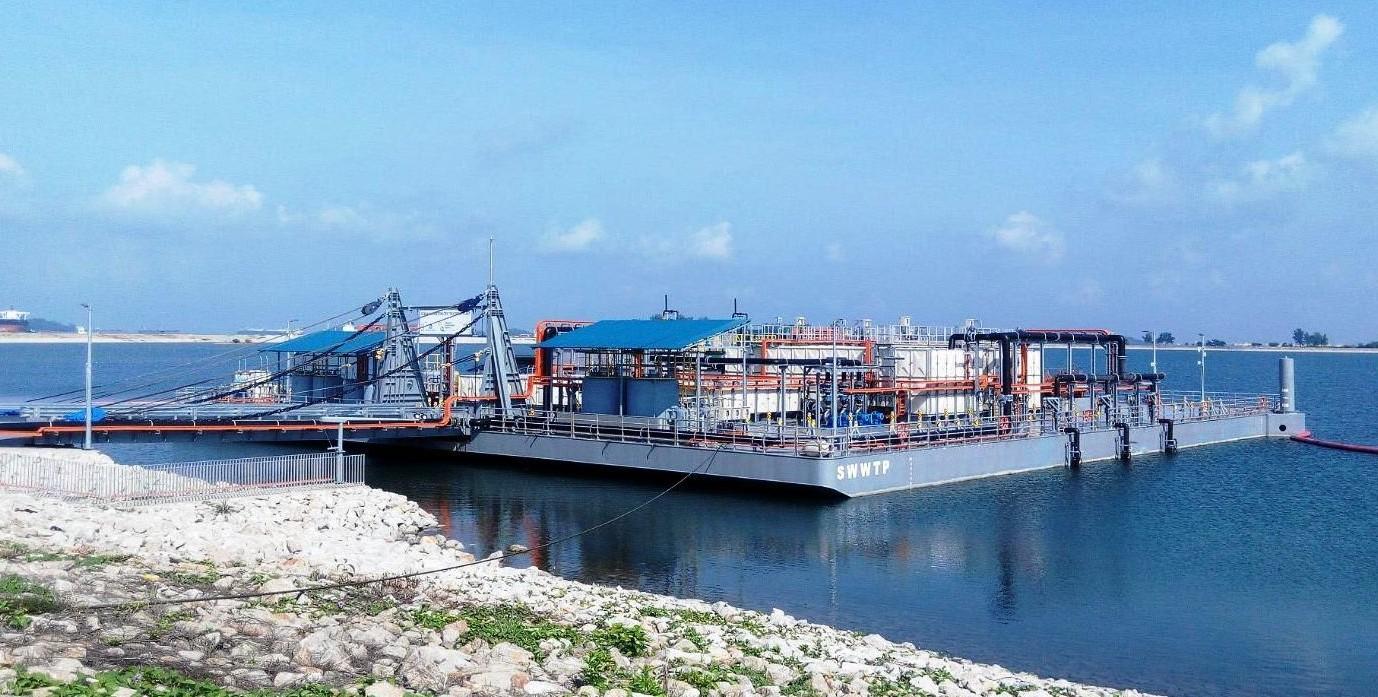
Image credit: National Environmental Agency
An onsite wastewater treatment plant ensures excess water displaced by the ash and rainfall is treated to meet the Trade Effluent Discharge Standards before being discharged into the open sea.
A landfill might sound like a scene straight out of Mad Max – a barren land with absolutely nothing but dust on stone. But Semakau Landfill shows the world that with good planning and management, nature can coexist with a landfill.
Why we need to Reduce | Reuse | Recycle
We might have the most advanced technology to manage Singapore’s waste output, but all things have a limit.
In 2016, Singapore sent about 800,000 tonnes of non-incinerable waste and incineration ash to Semakau Landfill. At the rate we are sending waste there, Semakau Landfill will run out of space by 2035. We can’t just keep looking for new landfill sites to keep up with the amount of waste we’re producing.
To progressively lengthen the lifespan of Semakau Landfill, we need to adopt the principles of the 3Rs – Reduce, Reuse, Recycle. This way, Singapore’s waste output can be hills instead of mountains.
You can sign up to go visit Semakau Landfill and learn more for yourself here.
For more outdoor adventures in Singapore:
- Singapore islands to explore
- Guide to Lazarus Island
- Walking trails in Singapore
- Picnic spots in Singapore
- AJ Hackett Sentosa
- Guide to Coney Island
- Things to do in Singapore
Find out more about what you can and cannot recycle on NEA’s Facebook page
This post is part of a collaborative effort with NEA.





